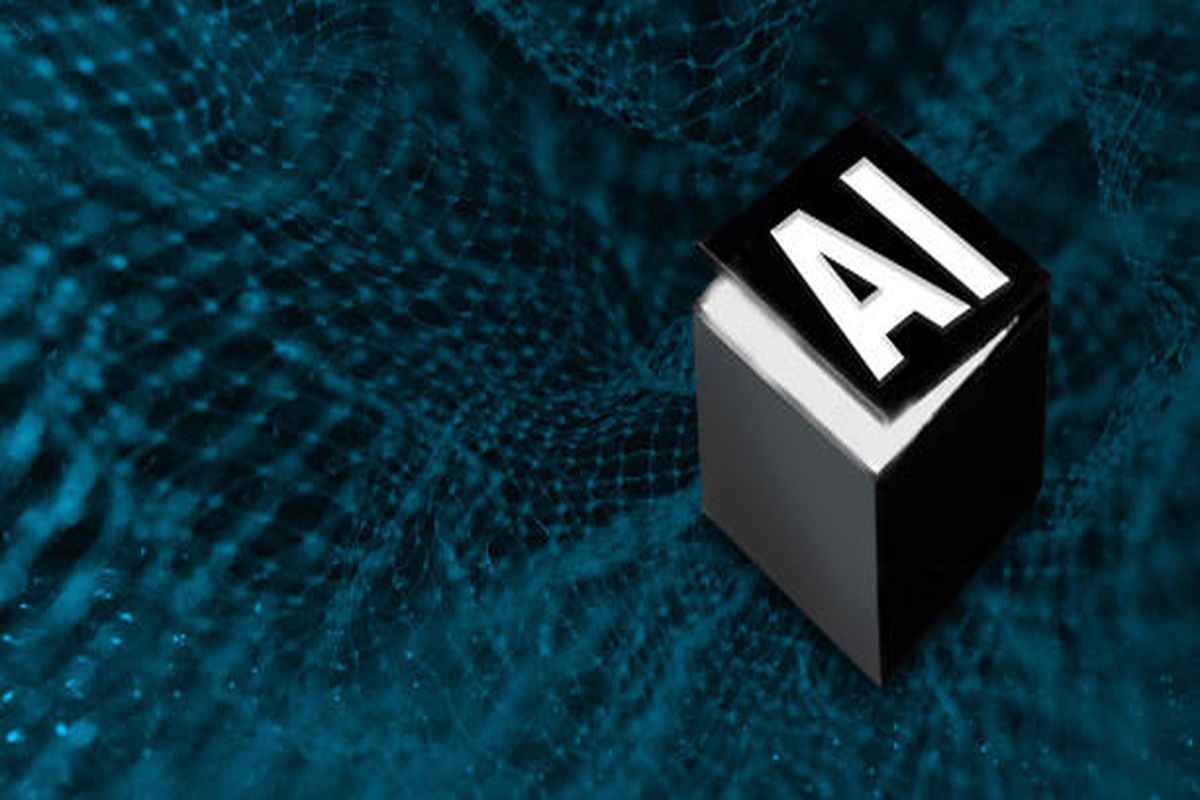There are lots of discussions about artificial intelligence (AI) use. Since it is relatively new and unpredictable, the debates about the safest and most ethical ways of application are unlimited.
In this article, we will dive into the white box and black box AI, explain both concepts, offer examples of their use cases, and finally discover which is better.
One of the notable things that comes up is the user of black box and white box AI and comparing them to decide which is better. And this is not just a matter of ideological debate; entire laws and policies have been developed based on the perceived benefits and dangers of both.
Here, we will dive into the white box and black box AI, explain both concepts, offer different examples of their use, and eventually discover which is better.
White Box AI
As most people know, most artificial intelligence (AI) programs operate by coming to logical conclusions based on the accessible data.
The conclusion could be a decision recommendation, for example, denying or approving an application or even developing a new piece of data, such as writing an email. Essentially, white box AI is AI that is transparent about how its algorithm works and how it gets to conclusions.
Let’s say an AI is tasked with analyzing loan applications and determining whether a candidate is suitable. A white box AI is open about how it analyzes every application, what factors are considered, and how it reaches its conclusion.
When the AI approves or denies such an application, AI users and designers can tell what and how led to the decision. They can also predict what kinds of solutions like artificial intelligence would come up with.
Some machine learning models used for white box AI include decision trees, linear regression, and rule-based systems. Since they are so simple and their processes are predictable, white box AIs are often used in sectors like business where total transparency is highly valued.
Related: What Is Sentient AI And Will It Become Real?
Black Box AI
On the other end, there is the black box AI. This kind of AI is not transparent about its inner workings and how it comes up with its different conclusions. You can give it input and get output, but you cannot examine the system’s code or the logic that produced the output.
Like with the example of a loan application, the AI would approve or deny these applications but not say how it makes these decisions.
Black box AI is considerably tricky since it is known to be highly accurate in making projections. Examples of black box AI in action include deep learning algorithms – the mechanisms behind them are brilliant yet too complex for humans to understand.
Some of the AI breakthroughs have come from black box AI, and previously, they were said to be the industry standard. But now, most have moved away from using black box AI due to its lack of transparency. This is not to mean that black box AI has been abandoned. As said earlier, it seems to produce brilliant results. Nonetheless, most businesses choose not to employ such artificial intelligence in daily operations.
Which One Is Better?
Now that you know how white box AI and black box AI operate, it is worth asking whether either is better than the other. The truth is that both are useful, but either may become a better choice subject to the prevailing situation. For instance, businesses dealing with sensitive information or provide services to others should understand how their AI algorithms operate.
In such scenarios, opting for a white box AI is preferable. Despite black box AIs no longer being the industry standard, they remain valuable for ongoing AI development. While their inner workings are not fully understood, potential insights may emerge. Moreover, black box AIs demonstrate high efficiency, and their valuable breakthroughs should not be ignored.
Essentially, white box AI is better for industry practice, while black box AI provides a lot of potential for future AI growth and development.
Can White Box And Black Box AI Work Together?
Black box and white box AI models may be used in connection with each other. Examples include post hoc interpretability models utilized to help determine how the AI model’s decisions came to be. Hence, although the artificial intelligence model does not explain how it came to a decision, the interpretability models assist in investigating them.
It is not functioning perfectly just yet, but it offers the best of both worlds when it comes to AI: we get the efficiency of black box AI while also having the transparency by white box AI.
Regulated sectors prohibited from utilizing black box AI for daily tasks might also utilize it as a confirmation tool. Let us say a decision that must be made is worked on by a white box AI.
The same institution can have a black box AI try to solve the same issue to confirm whether the former was correct. In many ways, white box AI and black box AI can be utilized to enhance each other and deliver more benefits for those using them.
Related:Will AI Reinvigorate Our Approach to Productivity?
Opportunities And Challenges
Both white box and black box AI models have many opportunities. For white box AI, some of its benefits include:
- Decision-making within the public industry. Since these AI models are efficient and transparent, they can help minimize bureaucratic delays and speed up decision-making while aligning with the official standards.
- Transparency in the legal space. White box AI can be utilized in passing judgments within the legal industry while creating more transparency, which has been a major issue within the legal space for many years.
- Decision-making in extensively regulated settings. For instance, schools where various tasks like grading student papers and other processes extensively standardized would benefit from transparent artificial intelligence (AI) while adhering to the existing rules.
- Review of existing processes. The transparency that white box AI offers means that users can test and review their current processes. For instance, an institution may alter certain variables in its current processes and see how the AI’s results change according to this.
- AI exploration in sensitive sectors. Various sectors that deal with sensitive matters like security and the law have been quite reluctant to explore artificial intelligence. But white box AI is highly likely to be adopted by these sectors and this may further AI adoption.
Despite its advantages, white box AI falls short in generating groundbreaking developments compared to black box AIs. Due to this limitation, white box AI is commonly employed in less complex scenarios, hindering rapid improvement. Additionally, its slower performance results from not only producing outcomes but also providing explanations for its conclusions, rendering it unsuitable for extremely time-sensitive situations.
For black box AI, the benefits are as follows:
- Uses in the financial sector. The high efficiency of black box AI means it can analyze huge amounts of financial data, make predictions about the state of the market, and give viable recommendations.
- Faster AI development. Black box AI needs less training from human operators and can develop at a quicker speed than white box AIs. In that lies the opportunity to develop artificial intelligence at a quicker pace and with enhanced efficiency.
- Overcoming human shortcomings. Black box AI might be applied to situations and sectors where human understanding seems to fall short. It includes detecting fraud or patterns in non-human species’ behaviors that we are yet to understand.
In the meantime, among the issues worth considering when dealing with black box AI, are the following:
- There is a growing mistrust of AIs without any transparent algorithms and that makes some people highly reluctant to use black box AIs. Even AIs whose inner workings are renowned to the public are just being used in certain fields such as academia. As you might imagine, those in these spaces would be even highly reluctant to use black box AI.
- Black box AI might be subject to biases. Since their inner workings are somewhat private, there is no way to know whether the artificial intelligence (AI) tool operates with biases and prejudices. That makes it tricky to apply to industries like the legal field where prejudice is already an existing challenge.
- The validity of the results cannot be confirmed.
The Takeaway
White box AI and black box AI represent two strategies for AI development: total transparency in matters of the algorithms that we rely on or acceptance of AI breakthroughs even when we have no idea how they operate.
For now, authorities appear to slip up on the side of caution, but that does not mean that black box AIs are out of the picture. Going ahead, we expect both AI models will be used massively and will push us more into technological development, whether we understand them entirely or not.











